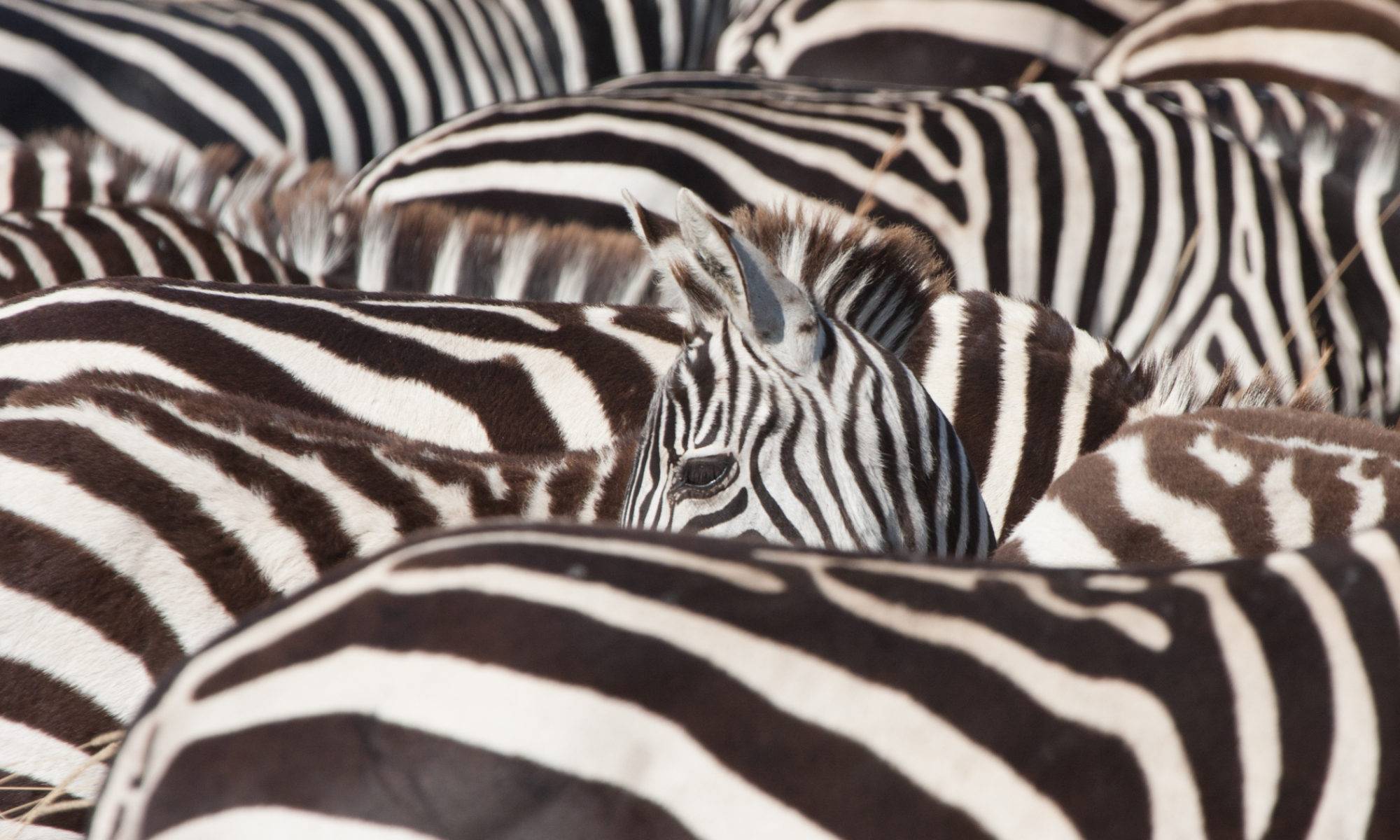… and the birding is rubbish. Still, there’s lots of butterflies, and the mothing is slowly picking up.
A walk up the down yesterday found Dark-green and Silver-washed Fritillaries in Sompting, Hummingbird Hawkmoths and a good supporting cast of other insects. Later we went to Knepp to find the Large Tortoiseshell that has taken up residence. It didn’t look promising, but after a while it was found drinking sap from an oak tree: rare, but not much to look at with a dull underside in the dark. Fortunately after about 20 minutes it flew out and sat in the sun at eye level close by.
